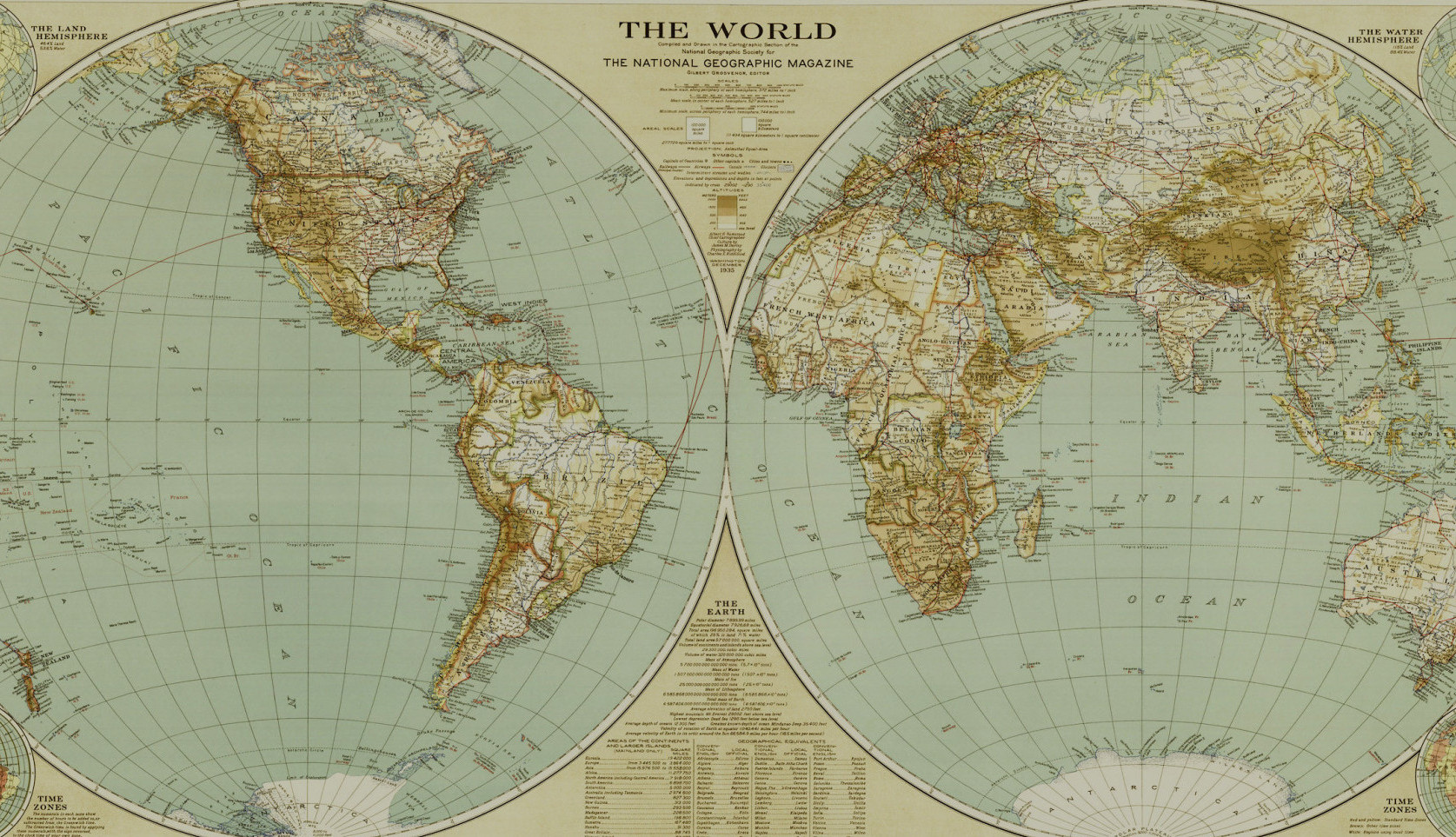
I’ve been excavating with the Projecto Outeiro do Circo for month eight of Global Archaeology and we are based in the small southern Portuguese city of Beja. This quiet place in the fertile Baixo Alentejo region has been occupied since the Iron Age – after the nearby Late Bronze Age fortified hilltop settlement we are excavating went out of use. There have been many different cultures that influenced Beja’s development and you can catch glimpses of them all as you walk its narrow cobbled streets and visit its many museums and churches.
Beja’s roots may be Iron Age but its foundations are Roman. It was established as an Imperial Civitas, known as Pax Iulia, under the Roman Emperor Augustus during the 1st century BC. Recent development in the city revealed that some roads of the modern city still conform to the Roman plan: parts of the Roman sewage system runs under some of the streets, as they would have 2000 years ago. To really have a good look beneath Beja and see its earliest levels for yourself you can visit the Núcleo Museológico of Rua do Sembrano where a glass floor lets you walk over excavated structures that include some portions of an Iron Age wall and Roman building foundations that are likely a dwelling and a spa.
The Roman province of Hispania which covered much of the Iberian Peninsula was lost to invading ‘barbarian’ groups from what are now the French and Germanic parts of Europe. This short lived – but influential – infiltration by groups known as the Visigoths, Suebi and Vandals left its mark on Portuguese architecture and culture. Although not many structures are left from this period one of the most important Visigothic artefact collections in Portugal is held in the Church of Santo Amaro branch of the Regional Museum of Beja. The Church of Santo Amaro is an early Christian Basilica but it is alterations from the 15th and 16th centuries that give us the church we see today – with some of the column capitals dating to the much earlier Visigothic period.
The next culture to put its mark on Beja were the Moors that arrived from North Africa and ruled Portugal as part of the Umayyad conquest of the Iberian Peninsula – then known as Al-Andalus . The Moorish Period in Beja spans from 713 AD to as late as 1234 AD after a number of sacking’s of the city by Christians attempting to reclaim the Iberian Peninsula. There was extensive destruction of Beja during the Reconquest but even so the Islamic influence on building construction remains to this day. The more immediate medieval influence of the Islamic/Moorish style of architecture can be seen in administrative buildings like the infirmary at Santa Casa de Misericórdia which dates to the 14th century.
Also a 14th century construction is the 40 metre high marble tower of the Castelo de Beja that dominates the skyline of the city as you approach it from the surrounding Alentejo Plain. The castle was originally constructed on top of an earlier Islamic fortification destroyed during the Reconquest. The castle – and city wall – we see today is actually the result of a number of remodeling phases that took place after its original construction ordered by King Dinis in 1310 AD. If you climb the 183 stairs of the spiral staircase to the top of the tower you are rewarded with amazing views over the tiled roofs of Beja and the golden countryside.
The Christian Reconquest of the Iberian Peninsula brought with it the Gothic style of architecture from France and Germany. This influence becomes most apparent in Beja towards the end of the 15th century a type of architecture known as the Mudéjar- Gothic style developed in the Alentejo region. The Alentejan/Mudéjar-Gothic is a mix of the Gothic style present elsewhere in Europe and the Islamic techniques already established in the Alentejo region. In the 16th century the new constructions in Beja are marked by the Manueline style – showcasing decoration dominated by symbols of Portugal’s Age of Discovery. This can be seen in the lacy decoration of the upper part of the Convent of the Conceiçāo branch of Beja’s Regional Museum. The Church of Misericórdia displays yet another type of architecture from the same period – a unique example of the Italian Renaissance/Mannerist influence. Originally a slaughterhouse in the 16th century the Infante D. Luis, the 3rd Duke of Beja (son of King D. Manuel I) turned it into a church not long after its construction.
Above all else, most noticeable about Beja’s architecture are the tiles. Portugal is famous for its decorative Azulejo tiles and these are everywhere in Beja! As you walk through the streets it is as if you are stepping back into an earlier time. The colours and intricate patterns add an element of glamour to the cityscape. To see the oldest examples of this important Portuguese tradition, churches are your best bet. In the Church of the Convent of Nossa Senhora Da Conceiçao in Beja there is a wonderful example of the famous blue and white hand-painted tiles that dates to 1741 composing a three part biblical scene. An equally stunning biblical tiled scene can be found in the Church of Our Lady of Joy and the Episcopal Museum of Beja tucked beneath the gold leaf covered pulpit.
I loved walking through the streets of Beja every day! For more information about investigating Beja’s architecture yourself have a look at these links:
Wikipedia: History of Portugal
